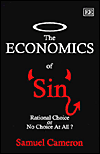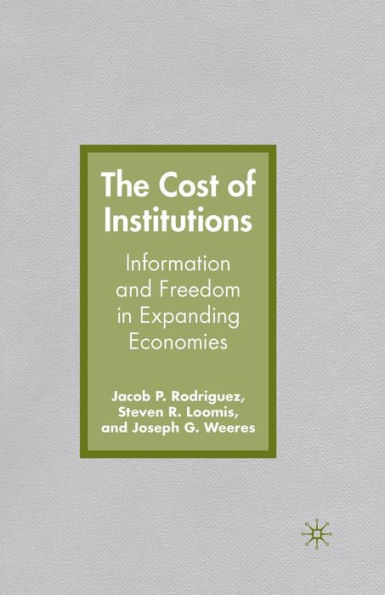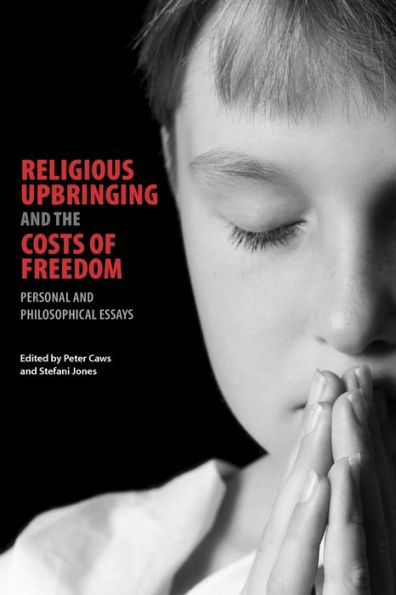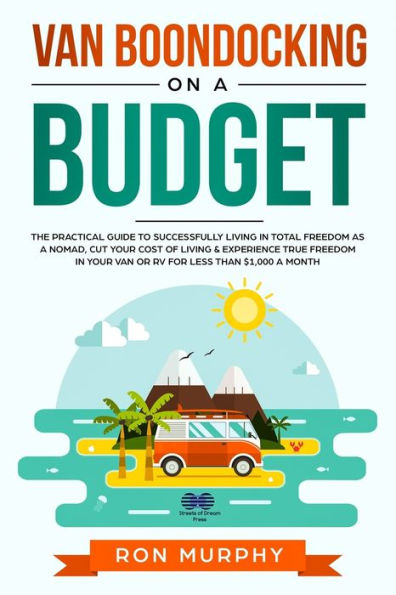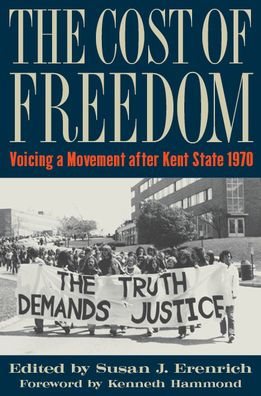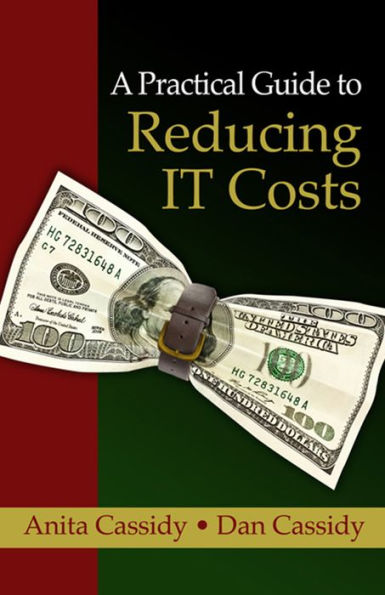Home
Practical Economics: Freedom, Choice, Cost
Barnes and Noble
Loading Inventory...
Practical Economics: Freedom, Choice, Cost in Bloomington, MN
Current price: $39.95

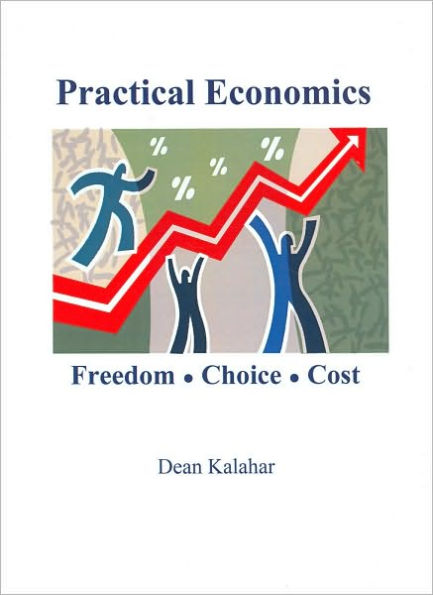
Practical Economics: Freedom, Choice, Cost in Bloomington, MN
Current price: $39.95
Loading Inventory...
Size: OS
The mission of this book is to guide citizens toward an understanding of economics, or the science of wealth, on two levels. First, learn the principles of the discipline or how it works; and second, learn the practical application of economic principles or why the discipline is important. In doing so, theory and practice will merge allowing the reader to gain the ability to reason from an economic frame of mind. As a result, decision making processes will be based on sound judgements instead of emotion which will provide a higher quality of life and standard of living for all members of society.
The rationale for undertaking such an endeavor stems from the fact that most economics textbooks are either dry, academic, or fail to actually teach economics. State adopted economic textbooks for public schools convey the basics of the discipline; but the subject is often framed in a narrow disjointed series of concepts that have little meaning as a whole. In addition, they are filled with extraneous and often confusing bits and pieces of style over substance that make it difficult for students to decide what is important and what is irrelevant. The focus of nationally adopted textbooks is to be relevant to all academic levels but in the process they become watered down. In the end, students are sold short and their education in economics is weak.
Other economics books often teach from the standpoint of either simple consumer economics or overly intellectual academic jargon tied to charts, graphs and statistics. As such, their target audience is narrow. Curriculum alignment is also a problem as some books meet national and state standards while others fall short. The result of this is that traditional economics texts fail to guide students in a way that fosters the mental shift that is vital to going from learning economic terms to truly understanding how to view the world from an economic frame of mind.
Practical Economics
was written to solve these problems and give students a tool that acts as a guide to economic enlightenment.
It is important to note that this book is formatted with a macroeconomic frame of reference using microeconomic principles to support the mission where necessary. As such, the book serves as a micro/macroeconomics primer and is not intended to act as a stand alone in either discipline.
The rationale for undertaking such an endeavor stems from the fact that most economics textbooks are either dry, academic, or fail to actually teach economics. State adopted economic textbooks for public schools convey the basics of the discipline; but the subject is often framed in a narrow disjointed series of concepts that have little meaning as a whole. In addition, they are filled with extraneous and often confusing bits and pieces of style over substance that make it difficult for students to decide what is important and what is irrelevant. The focus of nationally adopted textbooks is to be relevant to all academic levels but in the process they become watered down. In the end, students are sold short and their education in economics is weak.
Other economics books often teach from the standpoint of either simple consumer economics or overly intellectual academic jargon tied to charts, graphs and statistics. As such, their target audience is narrow. Curriculum alignment is also a problem as some books meet national and state standards while others fall short. The result of this is that traditional economics texts fail to guide students in a way that fosters the mental shift that is vital to going from learning economic terms to truly understanding how to view the world from an economic frame of mind.
Practical Economics
was written to solve these problems and give students a tool that acts as a guide to economic enlightenment.
It is important to note that this book is formatted with a macroeconomic frame of reference using microeconomic principles to support the mission where necessary. As such, the book serves as a micro/macroeconomics primer and is not intended to act as a stand alone in either discipline.
The mission of this book is to guide citizens toward an understanding of economics, or the science of wealth, on two levels. First, learn the principles of the discipline or how it works; and second, learn the practical application of economic principles or why the discipline is important. In doing so, theory and practice will merge allowing the reader to gain the ability to reason from an economic frame of mind. As a result, decision making processes will be based on sound judgements instead of emotion which will provide a higher quality of life and standard of living for all members of society.
The rationale for undertaking such an endeavor stems from the fact that most economics textbooks are either dry, academic, or fail to actually teach economics. State adopted economic textbooks for public schools convey the basics of the discipline; but the subject is often framed in a narrow disjointed series of concepts that have little meaning as a whole. In addition, they are filled with extraneous and often confusing bits and pieces of style over substance that make it difficult for students to decide what is important and what is irrelevant. The focus of nationally adopted textbooks is to be relevant to all academic levels but in the process they become watered down. In the end, students are sold short and their education in economics is weak.
Other economics books often teach from the standpoint of either simple consumer economics or overly intellectual academic jargon tied to charts, graphs and statistics. As such, their target audience is narrow. Curriculum alignment is also a problem as some books meet national and state standards while others fall short. The result of this is that traditional economics texts fail to guide students in a way that fosters the mental shift that is vital to going from learning economic terms to truly understanding how to view the world from an economic frame of mind.
Practical Economics
was written to solve these problems and give students a tool that acts as a guide to economic enlightenment.
It is important to note that this book is formatted with a macroeconomic frame of reference using microeconomic principles to support the mission where necessary. As such, the book serves as a micro/macroeconomics primer and is not intended to act as a stand alone in either discipline.
The rationale for undertaking such an endeavor stems from the fact that most economics textbooks are either dry, academic, or fail to actually teach economics. State adopted economic textbooks for public schools convey the basics of the discipline; but the subject is often framed in a narrow disjointed series of concepts that have little meaning as a whole. In addition, they are filled with extraneous and often confusing bits and pieces of style over substance that make it difficult for students to decide what is important and what is irrelevant. The focus of nationally adopted textbooks is to be relevant to all academic levels but in the process they become watered down. In the end, students are sold short and their education in economics is weak.
Other economics books often teach from the standpoint of either simple consumer economics or overly intellectual academic jargon tied to charts, graphs and statistics. As such, their target audience is narrow. Curriculum alignment is also a problem as some books meet national and state standards while others fall short. The result of this is that traditional economics texts fail to guide students in a way that fosters the mental shift that is vital to going from learning economic terms to truly understanding how to view the world from an economic frame of mind.
Practical Economics
was written to solve these problems and give students a tool that acts as a guide to economic enlightenment.
It is important to note that this book is formatted with a macroeconomic frame of reference using microeconomic principles to support the mission where necessary. As such, the book serves as a micro/macroeconomics primer and is not intended to act as a stand alone in either discipline.




